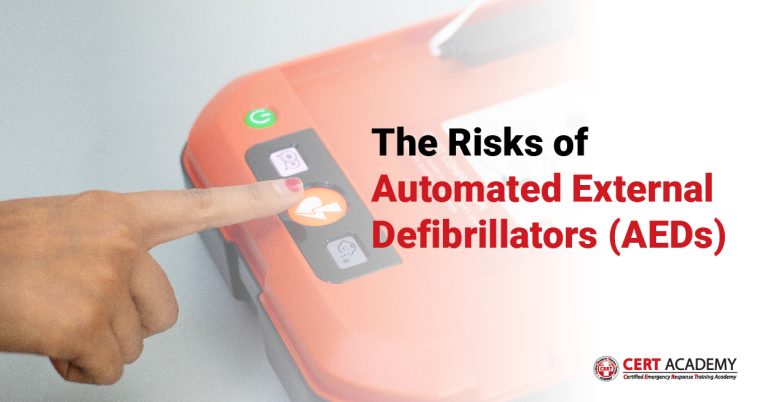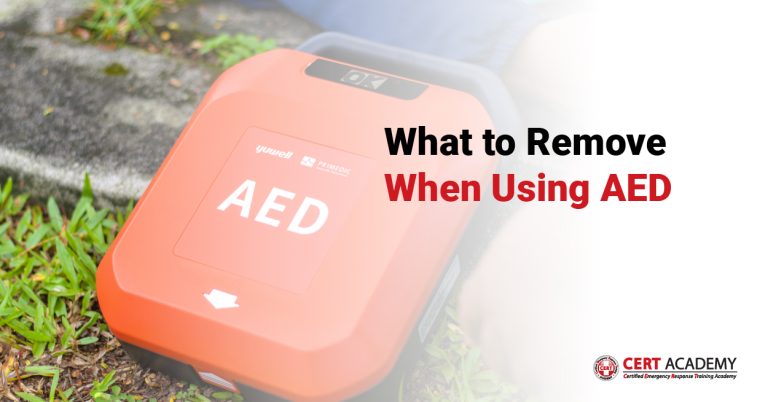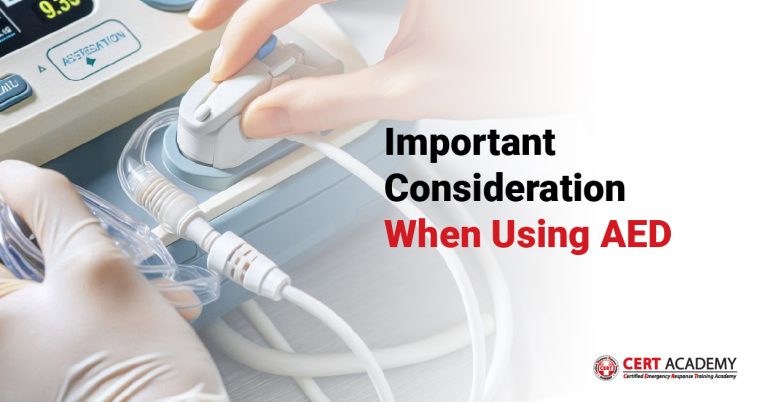Call Us +603-8066 8665
CPR Guidelines for AED: A Simple Lifesaving Duo
Cardiopulmonary Resuscitation (CPR) and Automated External Defibrillators (AEDs) are like dynamic dance partners in the realm of emergency response. Knowing how to integrate CPR with an AED can significantly improve the chances of survival during sudden cardiac arrest. Let’s delve into the simple guidelines that make this duo so effective.

- Activate Emergency Services:
In any emergency, the first step is to activate emergency medical services (EMS). Dial for professional help or ask someone nearby to do so. Time is of the essence.
- Assess and Begin CPR:
Start with CPR. Begin chest compressions at a rate of 100-120 compressions per minute. Allow the chest to recoil fully between compressions. CPR helps circulate blood and oxygen to vital organs.
- Retrieve and Turn On the AED:
While CPR is underway, if an AED is available, retrieve it promptly. Turn on the AED by pressing the power button. Most AEDs have clear voice prompts and visual cues to guide users through the process.
- Apply AED Pads:
As directed by the AED, prepare the person’s chest for pad application. Remove any clothing that may interfere with pad adherence. Attach the pads to the designated locations on the chest.
- Analyzing Heart Rhythm:
Allow the AED to analyze the person’s heart rhythm. During this time, it is crucial to pause chest compressions to ensure accurate readings. Clear communication from the AED will guide you on when to stop compressions.
- Shock Delivery:
If the AED advises a shock, ensure everyone is clear of the person. Press the shock button as directed. Following the shock, resume CPR immediately, starting with chest compressions.
- Continue CPR as Instructed:
The AED may prompt you to continue CPR after the shock. Follow the device’s instructions for chest compressions until it reanalyzes or until EMS arrives.
- Repeat as Necessary:
If the AED advises additional shocks, repeat the process of clearing, shocking, and resuming CPR until professional medical help takes over.
- Coordinate Efforts:
Ensure effective communication between CPR and AED use. Modern AEDs are designed to seamlessly integrate with CPR, guiding users on when to pause compressions and delivering shocks as needed.
The CPR guidelines for AED emphasize a synchronized approach to maximize the chances of survival during sudden cardiac arrest. Activate emergency services, initiate CPR, and seamlessly integrate the use of an AED when available. The clear instructions provided by AEDs make this life-saving duo accessible to individuals with minimal training. By understanding and following these simple guidelines, you contribute to a chain of actions that can make a profound difference in saving a life during a critical medical emergency.



